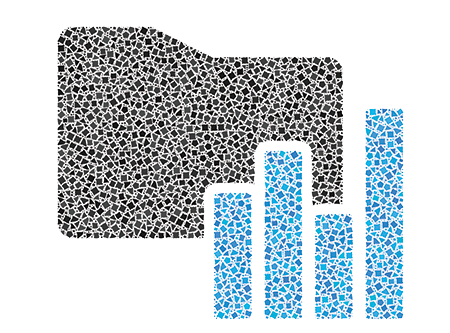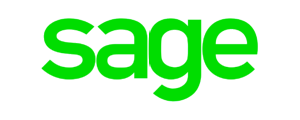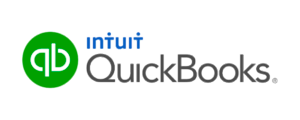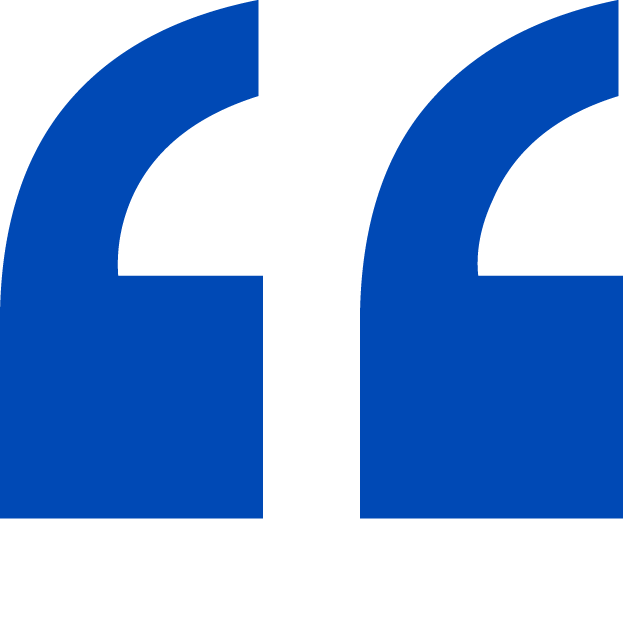Industry approaches to invoicing differ depending on the business model and type of work performed or product supplied. The invoice could be for a one-off payment, a recurring set fee or a variable amount depending on usage.
The invoice document itself could have different information detailed in it depending on what’s required. And small business invoicing could vary significantly from that of huge multi-national corporations.
Here we detail some of the different kinds of invoicing to help you identify what is the best route for your business.
Fixed-Price Invoicing
 Perhaps one of the most common types of invoicing, the fixed fee invoice is for an amount agreed in advance for a project or product. For example, a cake shop will charge a set fee for a wedding cake made to pre-agreed specifications and delivered on a specific date. Or a garage will charge the same fee for an MOT for every car owner.
Perhaps one of the most common types of invoicing, the fixed fee invoice is for an amount agreed in advance for a project or product. For example, a cake shop will charge a set fee for a wedding cake made to pre-agreed specifications and delivered on a specific date. Or a garage will charge the same fee for an MOT for every car owner.
The payment terms for this invoice type could be a one-off payment or, if a larger amount, split over a pre-agreed timeframe – such as four equal quarterly payments across a year. The terms could be payment in advance, on receipt of the goods, or within 15-60 days.
Pros: This type of invoicing works well for any business that offers specific services or products with a set fee that a customer might only purchase once or infrequently. Generally used for small business invoicing.
Cons: Fixed-price invoicing isn’t suitable for companies that charge varying amounts for work, for example by the hour.
Recurring Invoicing
If your business sells the same products or services to customers on a regular, ongoing basis then recurring invoices are perfect for you. For example, if you run a property rental company and are collecting the same amount of rent from your tenants every month.
Often recurring invoices are sent monthly, however time periods will change depending on the industry. They can be for long-term contracts and shorter timeframes, for example if you hire out harvesting machinery for a few months at a time to farmers when they require it.
Pros: Most recurring invoicing can be automated using accountancy software saving time on admin. Payment can also be taken via Direct Debit making it quick and easy for your customer to pay on time, every time.
Cons: Some customers might prefer to pay a one-off payment upfront or at the end of the contract. There is also a risk that payments are missed for a few months consecutively which will require administration time to chase late payments and keep on top of what has been paid and when.
Time-Based Billing
 This type of invoicing method involves charging for an agreed number of hours. For example, a gardener might charge for five hours per week at a set hourly rate, and within this time they will complete as many tasks as they can – be it one or ten.
This type of invoicing method involves charging for an agreed number of hours. For example, a gardener might charge for five hours per week at a set hourly rate, and within this time they will complete as many tasks as they can – be it one or ten.
Time-based billing can be for one-off jobs or ongoing work, and customers can increase or decrease the number of hours they purchase from you, rather than detailed deliverables.
Pros: Works well for companies that offer services that can’t be easily itemised but have a specific outcome. For example, a gardener’s goal is to make a garden look tidy and healthy. The individual jobs they do each visit to accomplish this will vary but the time they spend attaining that goal will remain the same.
Cons: There is a chance that work is undervalued or undercharged due to the amount of time it takes to accomplish a goal not being fully appreciated by a client. So, a business might attempt to squeeze too many things into too little an amount of time and fail to deliver these, and so disappoint a customer.
Value-Based Invoicing
 Value or milestone-based invoicing is based on the amount of work that is delivered against pre-agreed deliverables and milestones, rather than the time it took. So, a website design company will charge £X for a new website that has X number of pages etc. following a brief from a client. This fee will remain the same whether the website design takes 13 hours or 30 hours.
Value or milestone-based invoicing is based on the amount of work that is delivered against pre-agreed deliverables and milestones, rather than the time it took. So, a website design company will charge £X for a new website that has X number of pages etc. following a brief from a client. This fee will remain the same whether the website design takes 13 hours or 30 hours.
The invoices might be raised when specific milestones are reached, e.g. when the first website design is presented to the client and when the final website is delivered, or can be paid in advance, on delivery, 50% upfront / 50% on completion, or split across the lifetime of the project.
Pros: Works well for bespoke services and jobs, especially those that have clearly distinguishable targets and comprehensive project scopes. Great for experienced businesses that have an appreciation of the value of the task, the resource required to deliver it and the project management skills in-house to ensure the job is delivered cost-effectively to the client.
Cons: Needs careful management to ensure the right amounts are invoiced at the correct time as these might vary significantly depending on milestone or deliverable reached.
Timesheet Invoicing
This differs from time-based invoicing, mentioned above, in that it’s the actual amount of time it takes to complete a task. For example, a lawyer might keep a timesheet and note down the amount of time a job takes in 15-minute time increments. When the task is completed, the time is added up and the total amount is charged to the client.
Timesheet invoicing is suitable for companies that offer services that are potentially complex and involve a number of ‘unknowns’. For example, in the law, if a decision rules one way or another, or a third party has numerous options they can pick from, then there are different routes that will need to be taken depending on one of many outcomes, and can’t be accounted for in advance.
Pros: Completing time-sheets accurately records the amount of time spent on a client’s job, and ensures accurate billing.
Cons: This kind of invoicing can make customers uncomfortable as they don’t know in advance the exact amount that they’ll have to pay. Therefore, only suitable in industries where this is standard e.g. law or consultancy.
Collective Invoicing
If a customer purchases several products or services within a set invoicing period, then collective invoices bring all of those transactions together into one summary invoice rather than raising numerous individual invoices. This is simpler to manage and easier for the customer to make one larger payment rather than many smaller ones.
For example, a decorating firm might buy many brushes, paints, and other materials from a wholesaler during the course of a month for various client jobs. The wholesaler gives the decorator an account that these items are charged to, and then at the end of the month all the sales are charged in one invoice.
Pros: Highly convenient in industries where customers make frequent smaller purchases, both for customer and business.
Cons: Requires careful management and processes to ensure all purchases are logged correctly and billed on time.
Progress Billing
 Progress billing or invoicing is generally used for large-scale projects that span long time periods. It’s based on the percentage of work already completed. It’s often used in construction or infrastructure, especially for building work that spans years.
Progress billing or invoicing is generally used for large-scale projects that span long time periods. It’s based on the percentage of work already completed. It’s often used in construction or infrastructure, especially for building work that spans years.
Each progress invoice will include the amount of time worked to date, any charges from sub-contractors and the balance remaining. These will be raised throughout the project at agreed stages until the last 10-15% of work, which is often paid on completion.
Pros: For businesses that undertake large, extended projects to ensure they have cash coming in throughout the duration of the project.
Cons: Large projects can suffer from set-backs, delays, changes in deliverables, so progress billing isn’t a ‘set-it-and-forget-it’ option like recurring invoicing.
Subscription Invoicing
Many companies now operate on a subscription basis. For example, goods that are sent in packages delivered through the post to a customer’s home, or services streamed via the internet. Gym, club, or other society memberships are also usually charged using subscription invoicing.
This model invoices a subscription fee that needs to be pre-paid in advance. Customers are often required to sign up to a contract that might be for one month to 12 months.
Pros: The standard invoicing model for gyms, SaaS providers, and box-delivery firms, customer payment is often set up as a Direct Debit making it hassle-free for customers.
Cons: Some customers might be put off by the contractual agreements of subscription invoicing.
Metered Invoicing
Many utilities businesses and mobile phone companies use metered invoicing, where the exact usage of a service is measured and billed using a pre-agreed tariff. This means that monthly invoices will change depending on the consumption that month, any add-ons or charges.
Invoices need to be clearly itemised each month (or billing period) detailing the utilisation and the charges per unit.
Pros: Customers are precisely charged for the exact amount they use, avoiding over- or under-charging for a service.
Cons: Only useful for businesses that can track usage, for example by installing a meter at a customer’s home.
The Varied Industry Approaches to Invoicing
Industry approaches to invoicing are hugely varied due to the many different business models. Choosing an invoicing route that suits your organisation and is familiar to your clients will ensure payments are made on time, and accurately.












